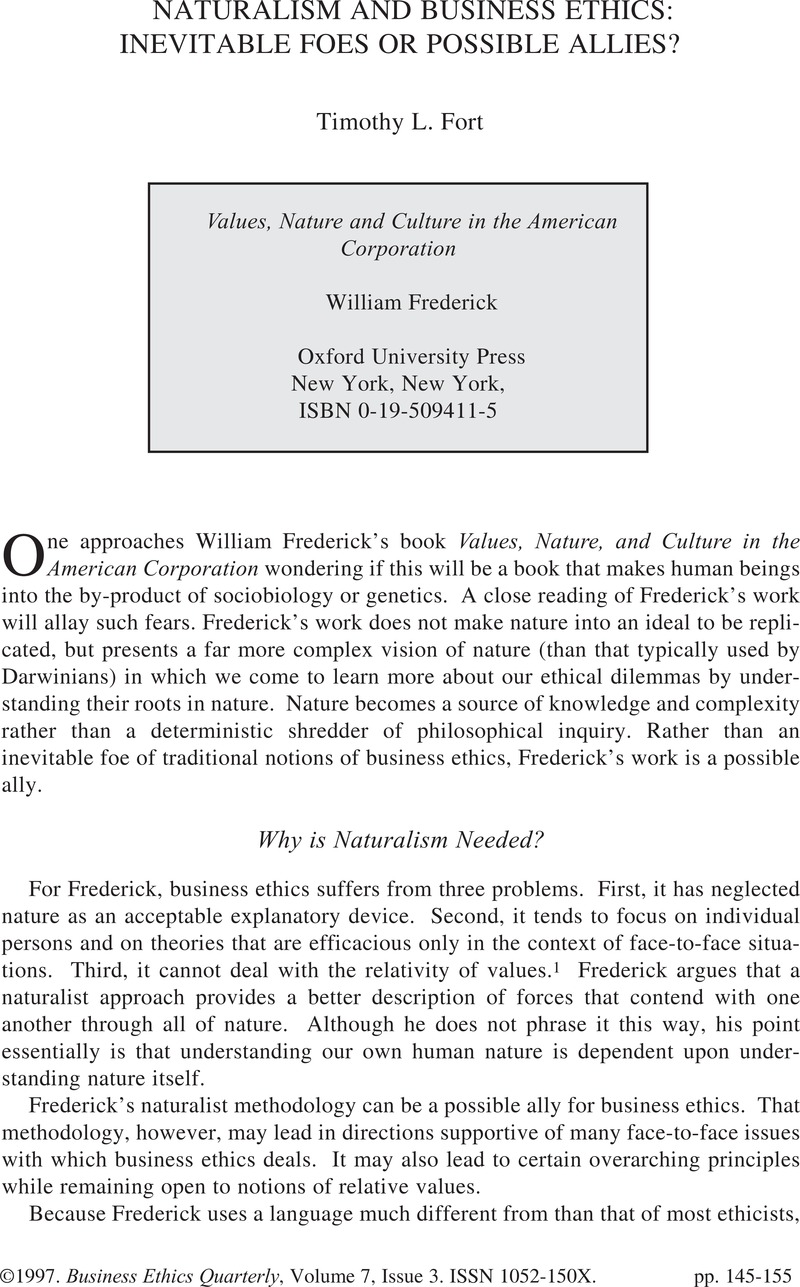23Frederick argues that the very energy flows of the universe produce an “astonishing mosaic of physical elements, chemical interactions, climatological processes, wave phenomena, nested linkages, attractant and repelling forces, energy-to-matter and matter-to-energy transitions, sentient and non-sentient forms, conscious and unconscious entities, mobile and immobile forms of life, amphibious, airborne, and land-anchored creature...”
Id. at 139. This diversity is not simply the “spice of life” but it is life.
Id. at 142.
Google Scholar 


